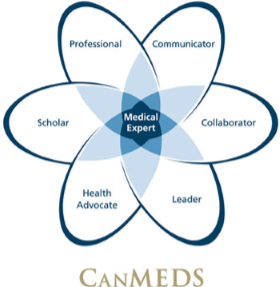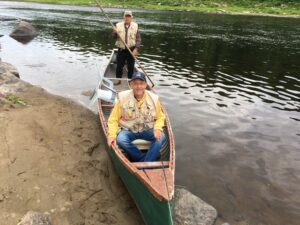Guest blog by Marek Radomski, Vice-Dean Research
I would like to thank the dean for an opportunity to share news from the Office of the Vice-Dean Research (OVDR).
Over the early months of my appointment, the OVDR team has been working on a number of fronts to support the research community in the College of Medicine.
It became clear to me, right from the very beginning, that the funding of our basic and clinical research in the College of Medicine would be a very urgent and challenging task. Recent turmoil around the Canadian Institutes of Health Research (CIHR) application process, low rate of success for the University of Saskatchewan, and the fact that our provincial funding is the lowest in Canada highlights the need to mobilise available resources in our university and college to support our faculty and graduate students in their research endeavours.
What have we accomplished so far to increase funding opportunities for our faculty?
- We planned and carried out the College of Medicine Research Awards (CoMRAD) grant scheme. The scheme was initiated thanks to the foresight of our dean and the leadership of Steve Milosavljevic, the acting vice-dean research. We funded 28 out of 66 applications to the tune of $693,691. It is important to emphasize that basic and clinical researchers equally benefited from this scheme and 40 per cent of funded applications went to early career researchers.
- In collaboration with the Office of the Dean of Graduate Studies, we will shortly be announcing the College of Medicine Graduate Awards (CoMGRAD) grant scheme to increase funding opportunities for our existing pool of graduate students.
- We have engaged with the Saskatchewan Health Research Foundation and are working on a bridge grant scheme to increase the rate of success of College of Medicine researchers in Tri-Council competitions such as CIHR grants.
During introductory meetings with the departments, clusters and individual faculty members, I promised to conduct an external review of the status of research in the College of Medicine. As you may remember, the objective of the external review is to help us reflect on the College of Medicine research Strengths, Weaknesses, Opportunities and Threats (SWOT). I am very happy to report that this promise will very soon become a reality as the review and the site visit will take place next week from October 31 – November 1, 2016.
Our reviewers are all distinguished biomedical academics who work for Canadian and American medical schools. Indeed, Dr. Gail Annich, MD; Dr. Gautam Chaudhuri, MD, PhD; Dr. David Thomas, PhD; Dr. Lorne Tyrrell, MD, PhD; and Dr. John Wallace, PhD, bring a wealth of high personal academic achievement, experience and interdisciplinary expertise, ranging from basic research via clinical research, to successful research and development.
A good academic practice employed in the external review process is to prepare the self-assessment document and make it available to reviewers prior to the site visit. The OVDR team is leading the process of preparing the self-assessment document which includes an analysis of indices of research-relevant output as well as individual SWOT assessments from departments and clusters. I would like to take this opportunity to thank all of you who have been involved to date in the preparation of this very comprehensive document.
The second element of the review is the site visit. We are planning for reviewers to meet with a cross-section of the research community in the College of Medicine and tour our research facilities in the Health Sciences Building and on the U of S campus. At the end of site visit, the reviewers will be asked to brief us on the main findings of the external review and will later submit a formal report with a SWOT analysis and recommendations.
The ultimate goal of the external research review is to consider its findings when designing the 2017‑2022 College of Medicine Strategic Plan. The OVDR team is delighted to contribute to this process.
I feel that the outcome of our external review and the preparation of the 2017-2022 College of Medicine Strategic Plan will be important factors in increasing the research fortunes of our college. Of course, the findings, recommendations and documentation of the external review will be made available to the College of Medicine community and relevant stakeholders.




